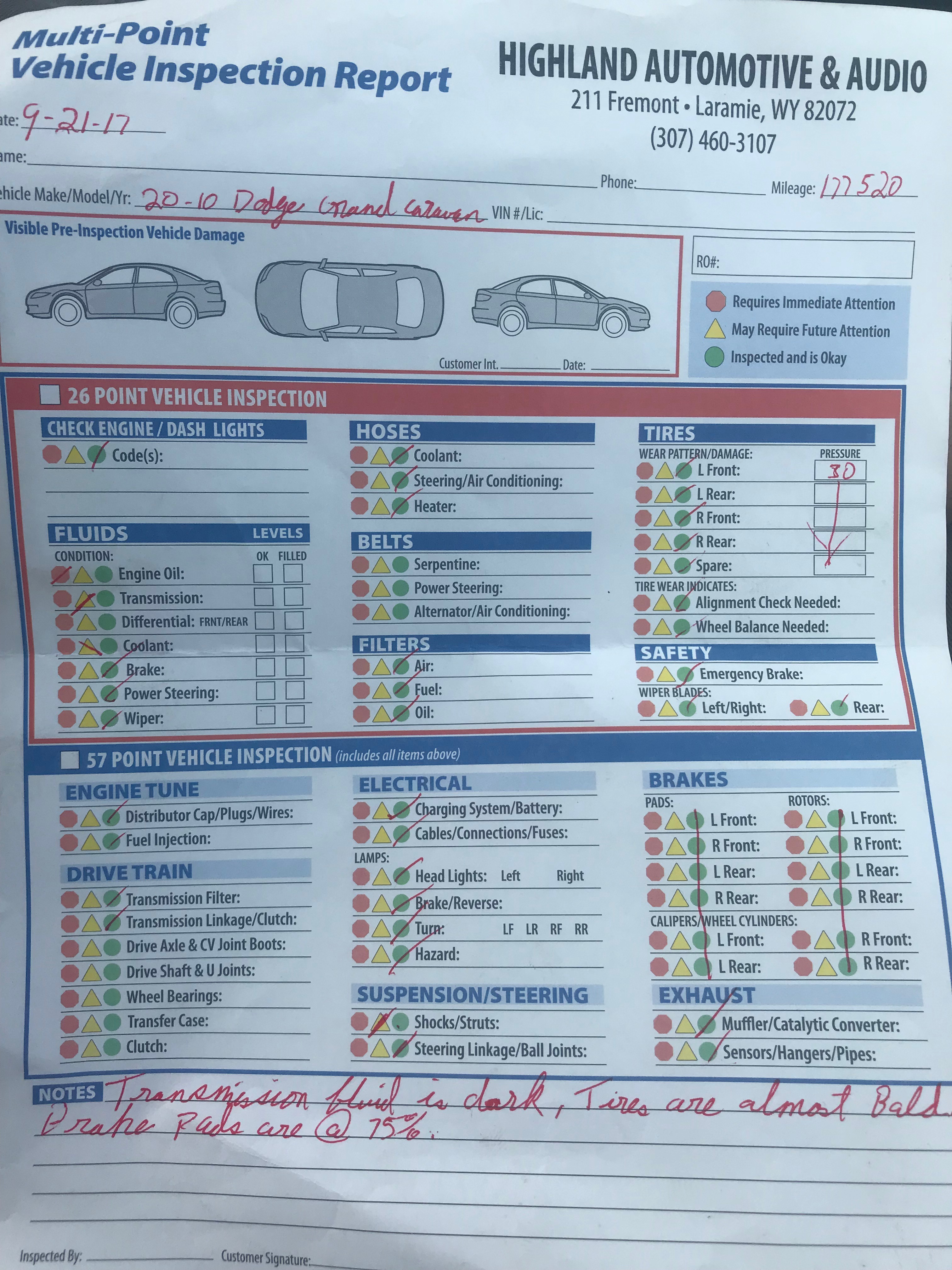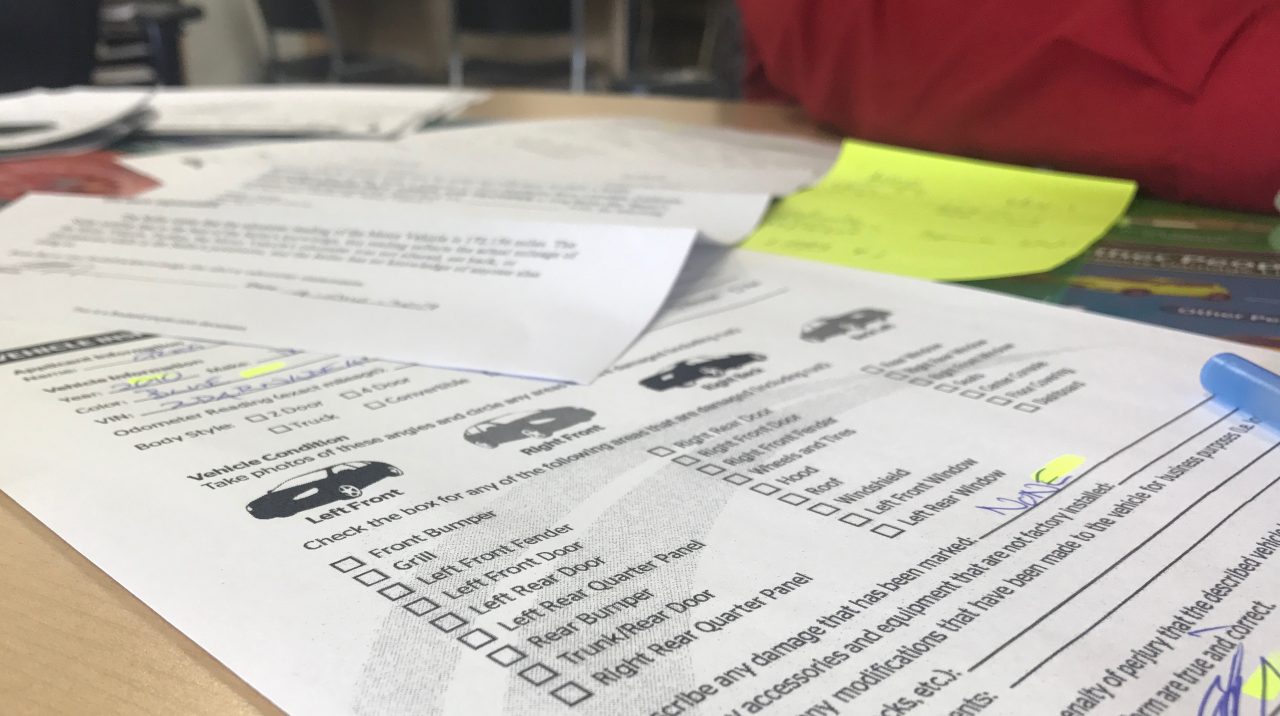So you’ve decided to visit the USA and realise how enormous it is (seriously, it’s massive). You’ve made the wise decision to dedicate a good amount of time to the endeavour (a month – you can choose a state, or a couple of cities; 3 months – you could cover off a region; 6 months – a possible circumnavigation around the whole country).
We did just the same thing recently, and gave ourselves 3 months. In that time we were able to do a loop up the west coast from Los Angeles to Seattle (with a little side trip into British Columbia, Canada), across to Yellowstone (Wyoming), down through Colorado and New Mexico, then back across through Arizona, Utah, Nevada and back to California.
Of course you could just rent a camper van and be done with it. You’ll be fully insured (assuming you take that option – which I highly recommend with the cost of medical help in this country); you’ll have support of the company through which you’re renting if anything goes wrong; and you’ll be pretty sure the vehicle has been well looked after and ready for whatever adventure you have in store for it. But all of this comes at a cost… Our journey would have cost us around $12,000 US Dollars for the 3 months with Escape Campers. Jucy would have been slightly less but not by much. And those are the cheapest, smallest camper van options available – for RVs you’re looking at doubling that outlay.
Clearly for us (and probably for you if you’re on a budget, and planning to spend more than a couple of weeks), the best option was to buy. We calculated that if we spent $12,000 on a van (which is a lot – you can get fairly decent ones for as little as $3,000) and sold it for half of what we paid, we’d still be way ahead compared to renting.
But then there’s the overheads of buying:
- finding a van (navigating the sales sites like Craigslist, knowing whether the van is in good condition or not, if it has clear title, etc)
- transferring the van into your own name
- getting your van insured
- dealing with breakdowns or accidents along the way
- selling it at the end.
All of this takes time, which definitely needs to be factored in to your decision on whether to rent or buy. If it all sounds too difficult, my advice is to just pay what the rental companies ask and rent a van – you’ll be able to go straight from the airport to the rental company, sign some paperwork, hand over your credit card and be on the road within an hour. But if you’re on a budget, and have time to spend to save money, then read on…
Buying a Van
There are many options for buying vans in the US. Unfortunately the camper van market here is nowhere near as big as it is in some other countries such as Australia… Americans like things to be big, so you’ll find plenty of big RVs that contain kitchens and bathrooms and big screen LED TVs in them, but finding well decked out campervans is not as easy as you would expect. Here’s a few options you could consider:
Enlarge

Craigslist
The granddaddy of classified sales websites in the USA. You’ll find plenty of options here, but beware as it is full of scammers. Exercise caution when shopping on Craigslist (meet sellers in public places; get vans checked by a mechanic if you don’t know how to check it yourself; and never ever give your bank account or credit card details to somebody on Craigslist unless you want to end your holiday early and return to work with your tail between your legs).
Second Hand Dealers
You’ll likely find some suitable vans at dealers, but you’d be very lucky to find one that is already decked out and ready for a road trip – it’s likely you’d need to spend more time and money adding storage, space for a bed, mattress, buying cookers and utensils etc. If you have the time for this, by all means go for it (you might even make some money out of it at the end of your trip), but it’s likely to cost more than just renting in the end, so know what you’re getting yourself in for before heading down that path.
Ex-Rentals
Some companies actually sell their ex-rental vehicles when they reach end of life. The benefits of buying one of these are that you can be pretty sure they’ve been well maintained through their life; they’ll be fully decked out and ready for adventure; they’ll have clear title (not stolen or anything dodgy like that); and most likely they’ll even help you with the transfer of ownership.
We bought an ex-rental van from Jucy, and it was wonderful. They didn’t supply any of the extras they do with rentals (kitchen utensils, bedding, camp chairs, etc) so we had to buy all of that ourselves, but it still ended up costing us a whole lot less than renting for 3 months. It did, however, cost us time and effort to get going on our road trip… read on for details on what was involved – this post is here to share the lessons we learned, and make the experience much smoother for you.
Transferring Ownership
So you’ve bought your van, and are ready to hit the road. Not so fast cowboy – there’s more work to be done. For one, by law you must transfer the vehicle into your own name within 30 days of purchasing it. Sounds easy right – just go into an office, hand over some money and you’re done. Not so! Here’s what you’ll need:

US Residential Address
In order to register a vehicle in the US (I’m speaking specifically about California here, as that is where we did it, but I assume it’ll be similar for most states), you’ll need a residential address in the state in which you’re registering to complete the registration. We used a relative’s address to complete the registration – we were honest and told the registering officer that we were only there temporarily, but they didn’t seem too concerned. We didn’t have to show any proof of residency, just a valid address.
Bill of Sale
When you purchase your vehicle, make sure you’re provided with an official Bill of Sale document. This proves that you are the new owner of the vehicle, and is required in order to transfer the vehicle into your name.
Smog Test
If you’ll be registering your vehicle in California, you’ll need a current smog test. This is basically a test that is performed on the car (takes about 15-30 minutes) which proves that it does not emit more harmful chemicals than is allowed by California State Law. It is as close to a roadworthy test as you’ll get there, and is not really any indication of the condition of the vehicle in general – for that you’ll need to take it to a mechanic for a check over. Smog tests cost between $25 and $80 – shop around for a good price, and negotiate – we found that testers were quite flexible with their pricing.
A visit to the local DMV office (or equivalent)
From all accounts I’ve heard, this step should be avoided as it is likely to cost you a whole day of waiting around in queues (with the possibility of even having to come back another day). Luckily for you, I have a tip that can save you from ever stepping foot inside one of these notoriously terrible institutions, enter AAA!
AAA Membership & DMV Transfer
This was one of the best tips we got (thanks Dan!) and saved us so much time and trouble. As a AAA member, you get access to the DMV system via the AAA office. Armed with our smog test and Bill of Sale document, we visited a AAA office. Within an hour we had purchased AAA membership for our van (at a cost of $67); transferred the vehicle into our name, and were ready to hit the road. The transfer of ownership was quick and painless (the taxes hurt a bit, but had we done it in Oregon or another tax-less state we could have saved that) and on top of a registered vehicle, we had roadside coverage America-wide. Boom!
Insurance
This was the most difficult part of the whole experience for us, so I recommend taking notes here.
Driver Record
Some insurance companies will give you quite a big discount for providing your driving record from your home country (assuming it’s fairly clean… I doubt it’d work in your favour if you’ve lost your license to speeding or drinking twice in the past couple years, but who am I to say?). We did not have this when we signed up, but after submitting it a month after signing up, we got a $90 refund from our insurer. Had we had the document up front, it would have saved us even more!
Beware of Insurance Brokers
Most insurance is obtained via brokers in the USA, and from what I can tell it is a completely unregulated industry. As such, it is rife with crooks and scammers. If you’re going to use a broker, I recommend doing it via a personal recommendation – don’t think that if a big nation-wide insurance company (Progressive etc) enables a broker to sell their services, that they’ll be legit. Or if it’s a big cross-country brokerage that they’ll be honest and trustworthy – there’s a good chance they wont (as was our experience – read below if interested or skip for more useful tips).
Dodgy Broker Example
As an example, we called an insurance broker (Freeway Insurance) and got a quote over the phone. Their price was competitive and the service over the phone was excellent. As required, we dropped in to the office to sign up.
Throughout the process, the broker did everything he could to obfuscate the broker fee from us – using all manner of easily-understood but misleading terms like “down-payment” and “up-front-payment”. Essentially, he had us believe that the “down-payment” was part of the insurance fee, and would reduce our monthly fees. We saw through this but were still somewhat surprised when, after paying for the insurance, we were presented with an invoice outlining everything we’d paid for, including a “broker fee” – no mention of “down-payment” or anything like that.
At this point we decided to do some research into this company. Clearly the Google ratings were not reliable (they actually gave us a $60 discount off the “down-payment” for giving them a 5-star review on Google – don’t trust Google ratings), so we dug deeper. We found a Consumer Affairs website on which this broker had an overall rating of 1-star, and a whole slew of complaints stating things like: insurance never registered with underwriter, constant change of pricing during policy period, similar stories to what we’d experienced in the office, refusal to refund money, or promising to do so and never actually doing it.
The clincher for us is when we were asked to sign a document stating that we had been presented with and read the California State Government Guide to Insurance, which we had not. I asked about it, and the agent tried to pretend it was one of the other mountains of documents we’d seen. I persisted, and they printed off a copy of the document from the Internet for me. It stated things like “beware of dodgy brokers; never sign a document with empty spaces; brokers should not change documents to meet your requirements; etc. Every one of the warnings in the document, our broker had actually done – seems their antics are well known by the government, and at this stage we knew we needed out.
3 hours after entering the store, we exited (unscathed, luckily). We were lucky that the credit card payment didn’t go through for some reason (I called my bank and cancelled the card as both they and I were convinced that this company would try to charge it even after cancelling the policy – we were right, they called me 4 days later asking for correct credit card details as the payment had failed again) so it didn’t cost us anything but our time, but it was stressful and annoying and left a horrible taste in our mouths.
Enter Geico, a Reputable Insurer
 After our recent insurance broker drama, we decided to look for a company that did not require working with a broker. This was harder than you might think, however we found a company that have been wonderful. Geico do all their insurance signups via their own offices. We walked in, got excellent service, they were completely transparent about all costs involved, and within 45 minutes we walked out with our policy in hand and the confidence to know that if anything does go wrong we’re in good hands. As an aside, something did go wrong and Geico were outstanding to deal with – so I can vouch for them 100%.
After our recent insurance broker drama, we decided to look for a company that did not require working with a broker. This was harder than you might think, however we found a company that have been wonderful. Geico do all their insurance signups via their own offices. We walked in, got excellent service, they were completely transparent about all costs involved, and within 45 minutes we walked out with our policy in hand and the confidence to know that if anything does go wrong we’re in good hands. As an aside, something did go wrong and Geico were outstanding to deal with – so I can vouch for them 100%.
Car remaining in one place for at least 6 months
If asked by an insurance company where the car will be based, tell them the city you’re in. You may decide to do a road trip at some stage, but it’s best if you insure it as though it will be staying in one place for at least 6 months.
Drivers License
International Drivers Licenses are recognised in the USA, however are not really needed in most cases. I recommend you check the rules for your country’s licenses, however on the few occasions I have been pulled over in the US, my Australian Drivers License was always sufficient. That said, the $30 or so it costs for an international license might be worth getting just in case. We did.
Keep Calm and Drive On…
If you’re still reading, I commend you for your patience and determination – this was a long post. But as you can see, there’s so much to learn about this whole process. I hope you feel more confident about your upcoming road trip, and wish you all the best on your adventures.
If you have any questions, please speak out in the comments below. I will try my best to answer them, or at least point you in the right direction.
Bon Voyage – you may now go forth and conquer this beautiful country.




Suggestions on developing how where with whom to build my site?
Hi. You could try find a freelancer on a site such as elance.com.
Hello, I saw your vehicle on the youtube. and I came here to buy your camper van…and I read your writings on your blog.. It is great helpful…So, have you sold your vehicle?.It was posted on the yutube in 2017……I am planning to travel U.S and Canada this summer for 75 days….I’m living in Toronto Canada…I would like to buy your vehicle,….and Could you tell me how much did it cost to buy your van from JUCH Rentals?….Thanks you for your nice blogs…have a great trip …
From Huicheol, Toront
Glad you found the post helpful. We sold Barry just before leaving USA in December 2017. It cost about $8.500 from Jucy, you’ll need to contact them directly to see what they have in stock at the time.
Oh,…you are now in austria…I traveled syndy 2 tims 10 years ago…I thought you’r in California…I thin you have already sole your vehicle. I’m a little sad…
Yes I’m sorry Barry was sold in Dec 2017. We were in California at the time, we’ve sinced moved on to South America. Good luck finding a van as cool as Barry, they’re definitely out there.